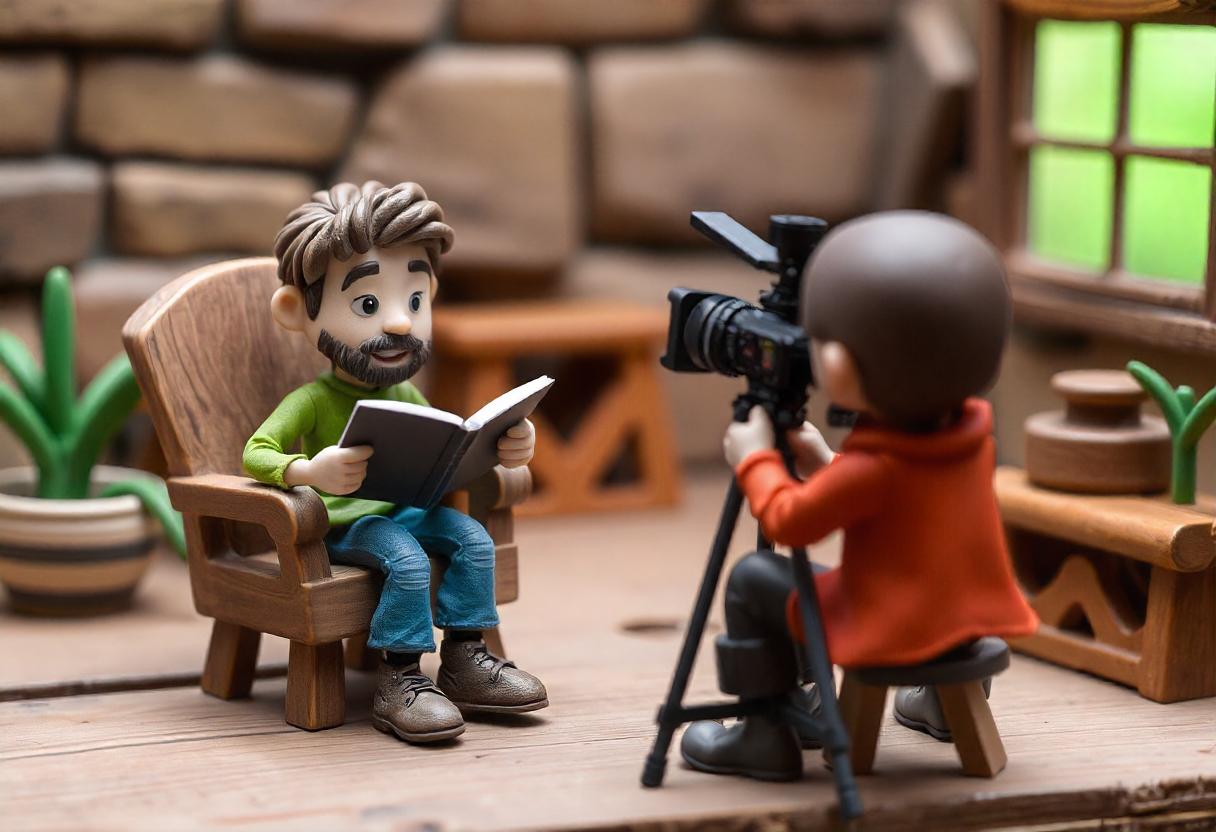What’s a struggle?
It’s when your videos don’t get enough attention. This leads to insufficient reaction, brand awareness, and conversion.
In such cases, one thing can help save your content. Powerful storytelling.
Infuse the tool into the video and see how it changes everything—
- More Views
- Heavy engagement
- Raised brand awareness
- Increased conversion
That’s the benefit of dynamic narration.
See! We subtly utilized this approach here instead of stating facts. You just have to use the same in your videos. That’s it.
Stories help the audience feel more connected through relatability and emotional factors. There are techniques to make use of those elements in video production.
Let’s spill 10 of them.
Key Highlights: Storytelling Techniques for Video Production
- The Hero’s Journey Framework
- Emotional Hooks
- Visual Storyboarding
- Conflict and Resolution
- Character-Driven Narratives
- Show, Don’t Tell
- Time-Lapse and Chronology
- Interactive Storytelling
- Incorporating Data and Facts
- Ending with a Call to Action
Why is Storytelling Crucial for Video Production?
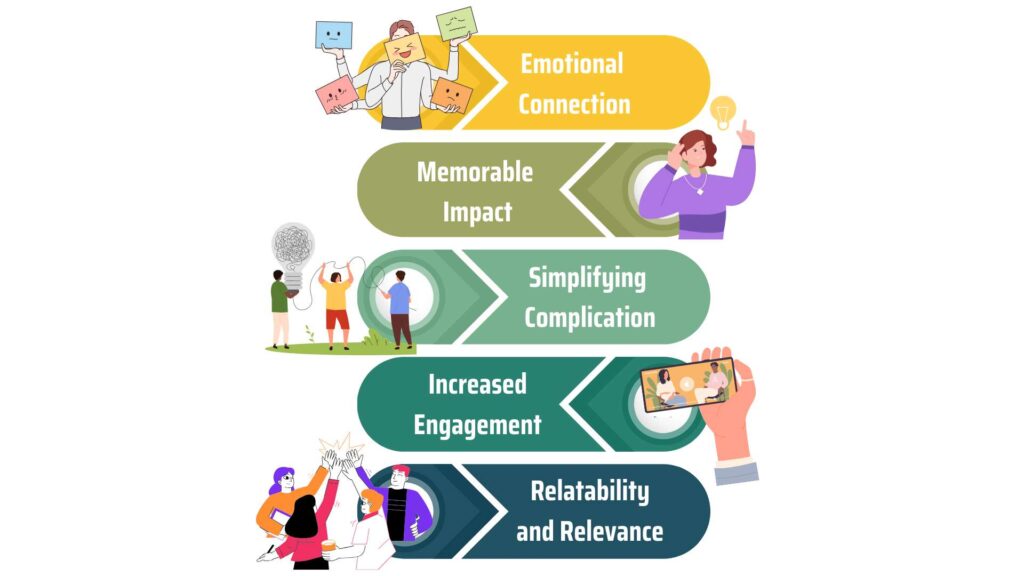
Focus on narratives to show your brand’s story through powerful videos.
Emotional Connection
We, humans, are naturally drawn to storytelling. This is something author Thomas Newkirk says.
Let’s use this information— Shoes with extra cushioning.
- Normal approach: Our shoes have extra cushioning for longer walks.
- Storytelling approach: Mike hiked 10 miles with our shoes. And the extra cushioning made him feel like he could go 10 more.
Which one communicates better with you?
Most of you may vote for the latter. This shows how storytelling activates our brain’s emotional responses, making it a logical medium for connecting.
Check out this video for instance:
Despite being an age-old tradition, we still use stories people can resonate with. Because of its efficiency, many brands do the same.
In video production, they infuse dynamic storytelling into the content to connect with their viewers.
- Relatable Read: The Video Production Process
When someone watches a video, they feel something that makes it feel personal.
The viewers don’t have to know the people in it or relate to the content. The emotions in it work mainly to spark the connection among the audience.
Memorable Impact
Stories make information stick.
Because of this, brands come with different narratives while boosting them, their products, or services.
We too ensure our videos have impactful stories to help boost recall value.
Like this video content:
Recent neuroscience research has already established the significance of storytelling in the human memory system.
They mention that:
Narratives engage important brain parts, including areas that help us think and remember. For this, viewers naturally remember stories better than plain facts or data.
Imagine 2 content promoting the same car:
- One simply lists features like fuel efficiency, speed, and safety ratings.
- One shows a couple happily enjoying a road trip while subtly highlighting how the car keeps them safe and comfortable.
Your viewers will find the second one more memorable. Why?
The story ties the features to real-life experiences.
The main catch is that the story has to be engaging. That way, the audience is more likely to recall the key points after watching it.
Here are some things that can make a brand video memorable:
- Surprise or Twist
- Relatable Characters
- Unique Visuals
- Catchy Music or Sound
- Interesting dialogue or statements
Simplification of Complex Messages
Information can be tough to understand.
People may not get the technical features or anything intricate. This mostly happens with videos focusing on software, electrical instruments, or abstract ideas.
In such cases, stories come to the rescue. They break down complicated ideas into smaller, simpler parts. Moreover, they use examples, characters, or situations that are easy to follow.

That’s how narratives help make complex ideas or messages comprehensible.
For instance, explaining how a fitness tracker works can be confusing when it has advanced or complex features.
Now imagine. Your explainer video follows someone training for a marathon. It shows how the tracker helps them monitor their progress, set goals, and stay motivated.
The concept becomes simple.
Increased Engagement
A good story keeps the audience hooked.
Nowadays people scroll through endless content.
According to Samba Recovery, the human attention span has shrunk down to 8.25 seconds.
[Source: Average Human Attention Span Statistics & Facts 2024]
So, your video must stand out.
You can do that through interesting storytelling.
Without this— your content can feel flat, making people lose interest. You certainly don’t want that.
Stories have the power to build curiosity and that’s what works. Plus, you can use several elements in video production to captivate your audience. For instance—
- An interesting hook
- Challenges
- Unexpected twists
- Relatable characters
- Cliffhangers or Open Endings
A common sign of a good story is that— the viewers will stay in the video and watch it to the end.
Besides, the hook element may trigger them to react, comment, like, share, and talk about it.
Relevance and Relatability
One of the best ways to get your viewers on board.
Most narratives focus on tales or topics that people can relate to. These work like a hook that helps videos feel more relevant to the audience.
When viewers see themselves in the video, they feel more connected to it. Themselves as in the elements in the content that mirror their lives. This can be—
- Characters
- Situations
- Challenges
- Backgrounds
- Ethnicity
- Culture
- Passion
For instance– a workout equipment ad.
Such videos typically show someone struggling to stay fit while balancing personal and professional life. This is something that many viewers face.
So, they may end up saying, “That’s me! I need this solution too”
Relatable stories make them feel important to the brands. They see the content has been made just for them.
The 10 Storytelling Techniques That You Must Use
1. Incorporating Data and Facts
Stories don’t always have to be emotional.
You can present data and facts that support the story. It can be through—
- Visuals
- Motion graphics
- Data
- Charts
Rather than presenting raw information, such content uses these elements to make complex facts or data easier to understand.
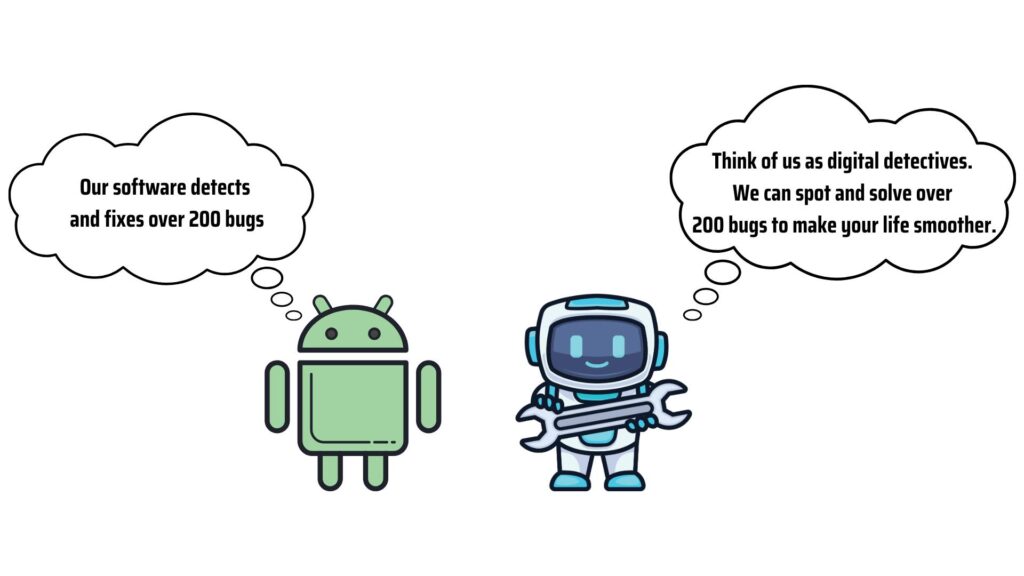
Here, the stories work subtly. Then again, a well-crafted pair can draw viewers’ attention.
Data plays a key role in any content. It makes the entire story more credible and persuasive.
You just have to be creative but straightforward when presenting them. That way, your audience will GET that the “message and statement” you say are based on rock-solid evidence.
Most explainer videos opt for this technique, especially the animated explainer. This type of content uses easy storytelling and simplifies technical concepts.
If you want to make it work, consider these tips:
- Use animations—2D, 3D, or stop motion.
- Add visuals like charts, graphs, or icons to present stats.
- Focus on data that supports the product’s impact.
- Keep the visuals eye-catching.
- Use intriguing music and voiceover.
Example
This video simplifies complex topics like AI-enabled data management through creative visuals and a simple story while highlighting the app.
2. The Hero’s Journey Framework
Some brand videos focus on a character, the protagonist, who goes on an escapade, faces challenges, and witnesses sea changes. That sums up Hero’s Journey.
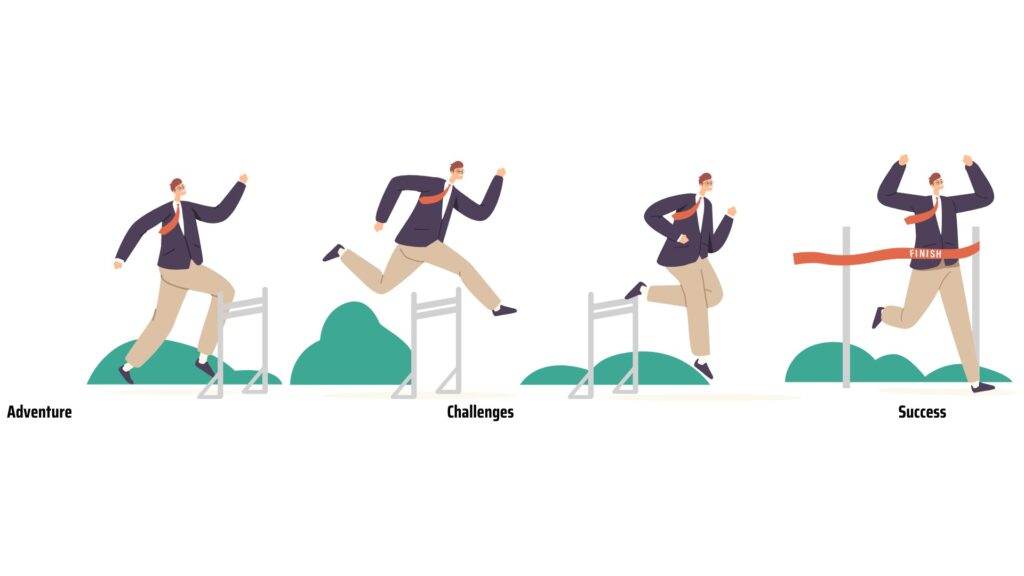
It’s a classic template for stories that shows a character’s transformation and impact on the world.
Such techniques highlight the universal human experience of overcoming obstacles.
They build an emotional connection with your viewers because who doesn’t like an underdog story?
So, try to show someone encountering issues in the brand video like—
- Self-doubt
- Work-life balance
- Financial setbacks
- Racing against deadline
- Personal loss
- Career barriers
The audience will root for them and stay hooked.
Example
Here, the heroes are the athletes. The video shows that winning isn’t comfortable. It’s pain. But with Nike, you’ll succeed.
3. Emotional Hooks
Something that triggers viewers’ feelings.
An emotional hook is an efficient storytelling technique. It grabs people’s emotions right away, be it—
- Joy
- Sadness
- Surprise
- Fear
Emotions are powerful. People tend to remember how content makes them feel.
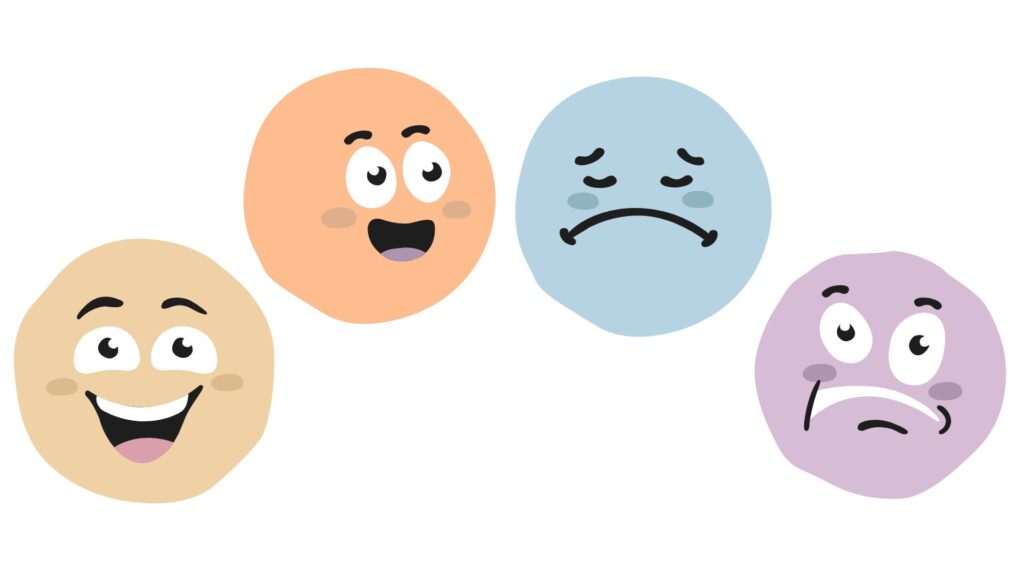
When a video depicts stories through emotions, it creates a strong connection. This makes them care about the message or details that are shared.
So, infuse stirring stories into the video. You can trigger emotions through–
- Universal fears or failures
- Relatable struggles
- Triumph against odds
- Personal transformation
- Nostalgia or longing
- Moments of achievement
- Acts of kindness or generosity
- Empowerment
- Fulfilling dreams
Example
Here, the ad highlights stereotypes faced by females and encourages empowerment. It focuses on women’s confidence and strengths that work to grab viewers.
4. Visual Storyboard
Sketches of what the content looks like and how it goes.
A storyboard is mainly a graphic depiction of images that come in series. It breaks down the action into individual panels.
Example

[Image Source: Watchmen Storyboard From Reddit user]
The whole point of this tool is to help you plan what happens and when.
You can illustrate the moments of a story with a series of drawings or images.
This can be an effective storytelling technique. It helps keep the story flowing smoothly between scenes. Plus, you can work on the missing points.
So, make sure to use this tool. Here’s how you can incorporate story into storyboard during video production—
- Clarify what the story conveys about the brand or product.
- Plan a clear start, middle, and end.
- Introduce relatable pain points and characters that reflect your brand and people.
- Use colors, lighting, and imagery that can evoke emotions.
- Add sounds that amplify the mood.
- Go for interactive dialogue.
- Keep the transition natural.
- Make sure the story progresses smoothly.
5. Conflict and Resolution
It’s an efficient technique to keep the story interesting.
Conflicts grab attention because they create curiosity and tension. It can be some challenges a character encounters or problems to overcome. The audience relates to such content more when those issues reflect their struggles.
Resolutions help give people closure. It creates emotional fulfillment and leaves a positive impression.

Most brands try this technique to highlight their products or services. The videos start with an issue and end with how that product resolves it.
So, when producing one, ensure the story connects with people properly. This can keep people invested in how things will turn out.
You can try to highlight common issues based on your product—
| Topic | Conflict | Solution |
| Skincare | Struggling with acne | Your product clears the skin |
| Tech | Slow Internet affecting productivity | Your product helps increase work efficiency |
| Fitness | Difficulty staying fit | Your app helps the viewers stay on track |
Example
This video highlights women’s struggles as they age and how the product helps fix them.
6. Character-Driven Narratives
Your viewers connect with the characters, not just the plot.
Content centering around the character triggers viewers to stay invested in the story.
When viewers watch the character struggle, they see themselves in the character. This eventually creates a deeper connection to the brand, product, or message.

[Image Source: Shiny words]
Such techniques mainly involve a person’s journey, transformation, and success. These elements help simplify complex topics and make solutions feel more human, relatable, and authentic.
You can use this storytelling technique to connect with your audience.
Try these tips in video production—
- Focus on characters that represent your target group.
- Show how the product impacts the character’s life.
- Keep the story emotional.
- Emphasize how the character’s journey changes with your product.
- Ensure the character’s journey aligns with your brand values.
Example
This shows a group of quirky, relatable characters trying to create something different with Apple products.
7. Show, Don’t Tell
Stories don’t mean just narrating words after words. That’s a wrong move.
Instead of enunciating plots, let the visuals do the talking.
You can tell stories through graphic elements and sound, even without words. This means using—
- Actions
- Expression
- Imagery
- Body language
All these work to convey your message, ideas, or information.

[Source: Fictionlist]
Such storytelling techniques work because of the power of visuals. These stick in people’s minds longer.
Hence, the term “Show, don’t tell” exists.
When producing a video, try to focus on visuals and expressions. You can keep the narration minimal or avoid it.
Here are some tips you can follow:
- Show the product in action.
- Portray benefits through real-life scenarios.
- Capture how characters feel through expressions and gestures.
- Use settings, colors, and sound to create an atmosphere.
Example
The entire video doesn’t have any narration. You can just see how a simple Coke brings joy and people together.
8. Time-lapse and Chronology
A creative way to show changes happen over time.
Time-lapse is a shooting technique where the camera records frames at set intervals, documents slow processes, and compresses them into a reduced timespan.

[Image Source: Inside Out Group]
In short, it condenses longer periods into short, impactful moments like—
- A plant growing or building completing its construction.
These methods can be a powerful tool to tell a story and make long intricate concepts simpler.
For instance,
A fitness brand presents a character’s progress over several weeks of using the product within a minute. Instead of explaining the journey, the technique can show the transformation quickly.
This is an efficient storytelling technique to grab the audience as the videos look visually captivating.
You can try to—
- Show product making and development.
- Highlight the before and after results.
- Portray how a product is used over time.
Example
This video highlights the time-lapse feature of the product while utilizing the same technique.
9. Interactive Storytelling
Make your audience feel involved in the video.
Interactive storytelling gives them some control over the story. It means inviting them to take part.
It can be—
- Choosing your own adventure video
- Interacting with content elements in real-time
Take Shoppable videos for example.
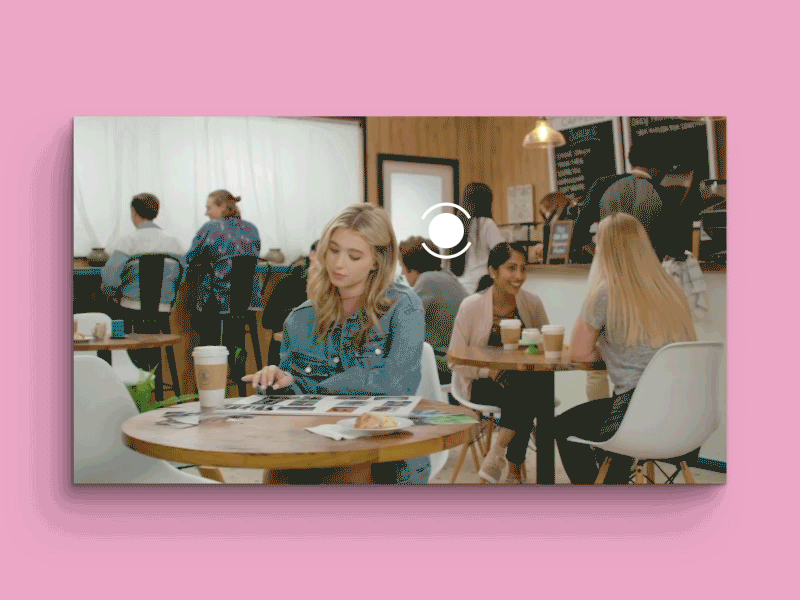
[Image Source: Dribbble]
Such techniques work because viewers feel they’re part of the story. It lets them make choices or interact with the content. Result: It builds connection which results in more engaging experiences.
If you want to hold their attention this way, try out these tips—
- Let the audience make choices that can impact the outcome.
- Use interactive elements like polls, quizzes, or graphics related to the product.
- Create captivating stories that reflect audience preferences.
- Make interaction intuitive.
Example
Swarvoski- Shoppable Video Campaign
This is an interesting brand video where viewers can watch and interact directly with the content.
10. Ending with a Call to Action
Make them do something. That’s what it is.
A call to action means you encourage viewers to take specific action after they watch the video. This can be—
- Buying a product
- Taking a service
- Subscribing to a loyalty program
- Signing up for a newsletter
CTAs give people a clear next step as they check out the content. They ensure the story leads to effective action and engagement with your brand. As a result, increased views.
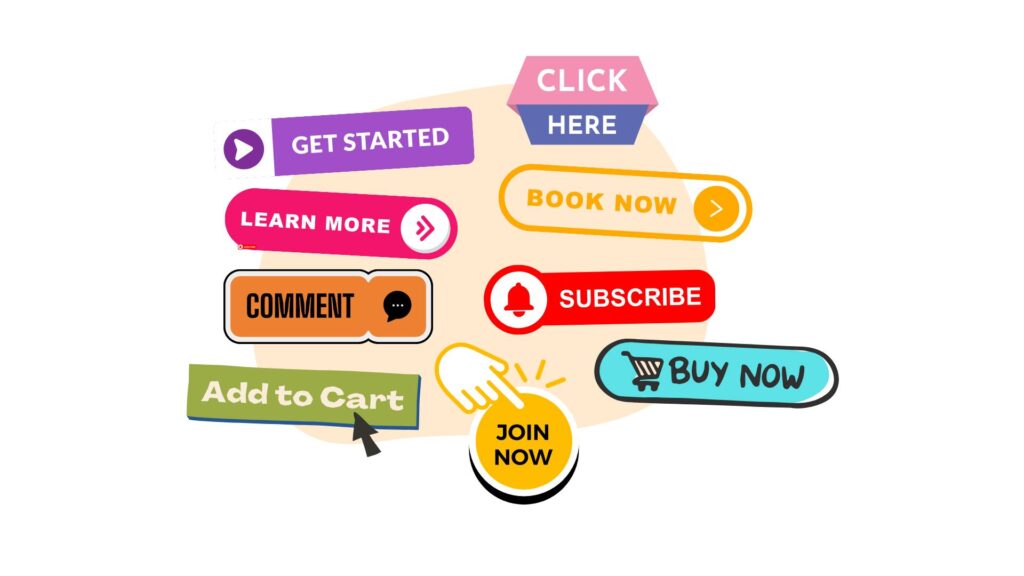
To infuse CTAs efficiently in your storytelling, you may try out these tips—
- Place them at the end or during the key moments.
- Use clear and hook language– Get Started or Learn More.
- Align them with the message.
- Make sure the action is easy to complete.
- Use captivating visuals and voiceovers.
Example
This ad has a creative story. It mentions how you can use the empty room and earn money with a strong CTA.
Simple Steps To Implement These Techniques in Your Videos
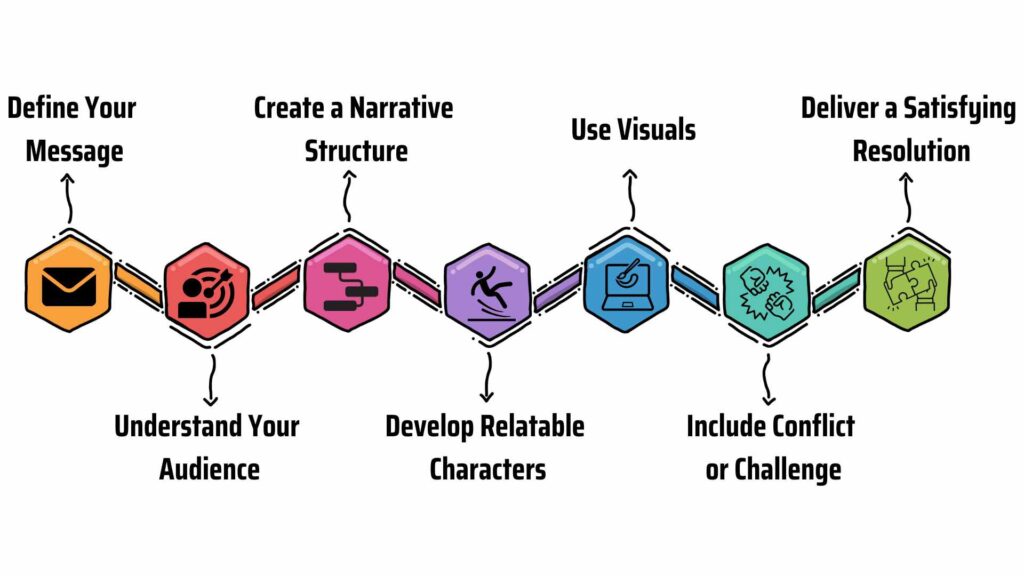
Guide To Integrating Storytelling Techniques Into A Production Workflow
Define Your Message
Clarify the key message or emotion you want to convey.
Understand Your Audience
Know who you’re speaking to and what resonates with them.
Create a Narrative Structure
Use the classic “beginning, middle, and end” structure.
Develop Relatable Characters
Introduce characters your audience can connect with.
Use Visuals to Enhance Emotion
Show rather than tell—use visuals to convey feelings.
Include Conflict or Challenge
Introduce a problem or obstacle to engage the viewer.
Deliver a Satisfying Resolution
Ensure the story wraps up with a positive, conclusive end.
Tools And Software Suggestions
| Tools | Purpose |
| Final Cut Pro/Adobe Premiere Pro | For seamless editing and narrative flow. |
| Storyboards like Storyboard That and Visme | For mapping out scenes visually. |
| DaVinci Resolve | For color grading to enhance the mood. |
| Adobe Spark | To create captivating social media videos quickly. |
Common Mistakes to Avoid
| Mistakes | Solutions |
| Overcomplicating the story | Keep the message clear and simple. |
| Ignoring the audience’s needs | Tailor stories to what people want to see. |
| Lack of emotional engagement | Connect emotionally to make the story memorable. |
| Too much information | Don’t overwhelm people with lots of stuff. Keep it simple |
| Skipping the Call to Action | Guide viewers on what to do next. |
Frequently Asked Question
Storytelling helps capture attention and engage emotions. That’s the key point of storytelling in video production.
Moreover, it makes the message memorable and enhances the impact of the video.
Some great examples of video storytelling are— Nike’s campaign video, Always ‘Like a Girl’ Super Bowl, and Coca-Cola – “Share a Coke”.
Use different techniques to make video storytelling more engaging like—
• Clear narratives
• Relatable characters
• Emotional appeal
• Strong visuals
Use storyboards to create story-driven videos like–
• Storyboard That
• Visme
• Boards
Use audience insights. That way, you can guide the video while keeping creative elements fresh and engaging.

Founder at LocalEyes Video Production | Inc. 5000 CEO | Emmy Award Winning Producer

